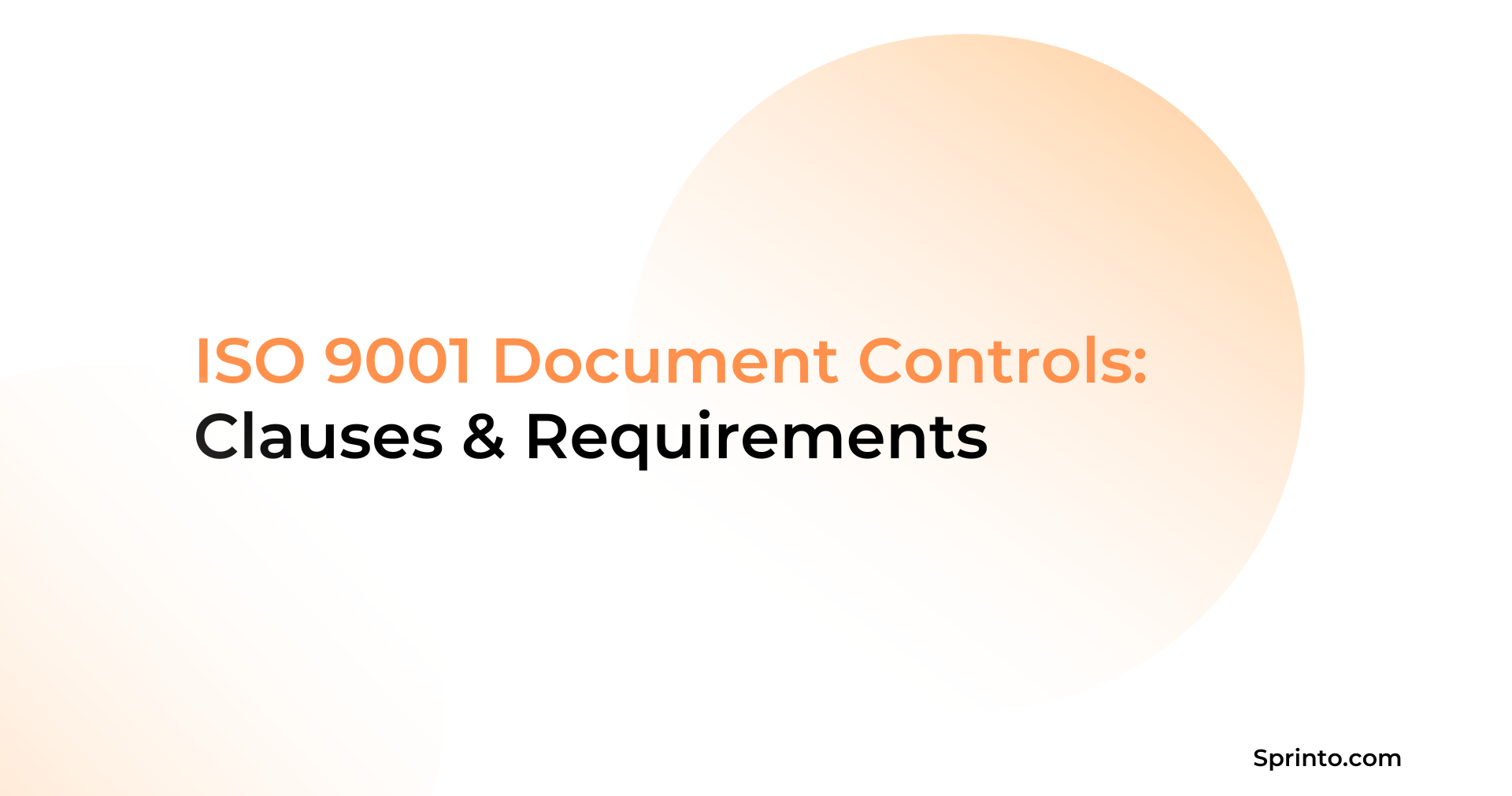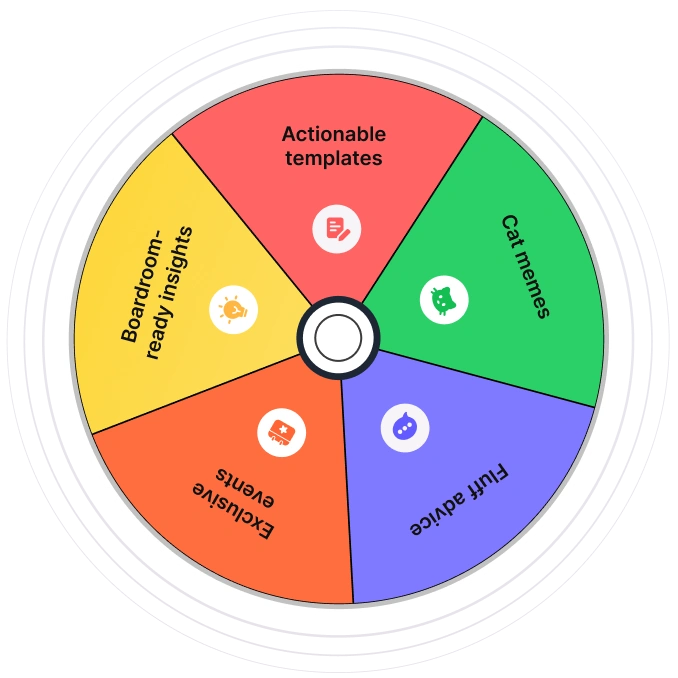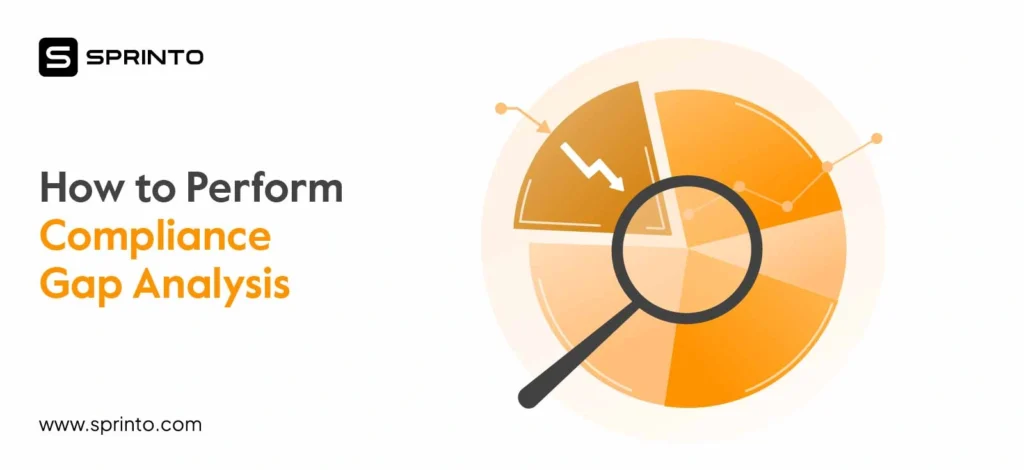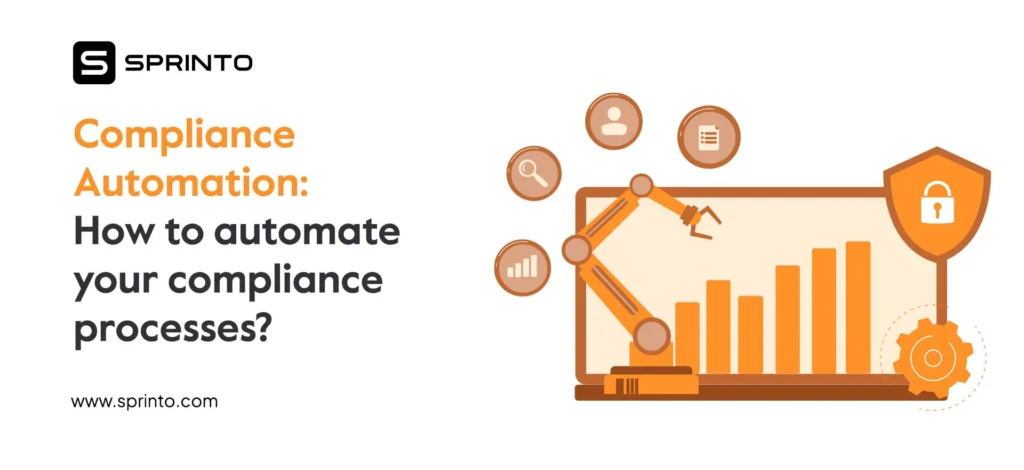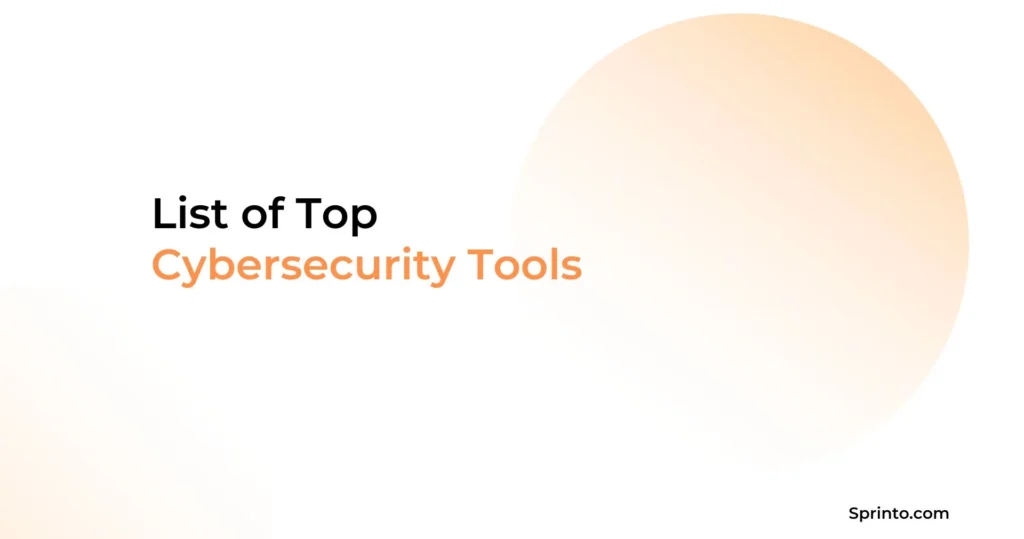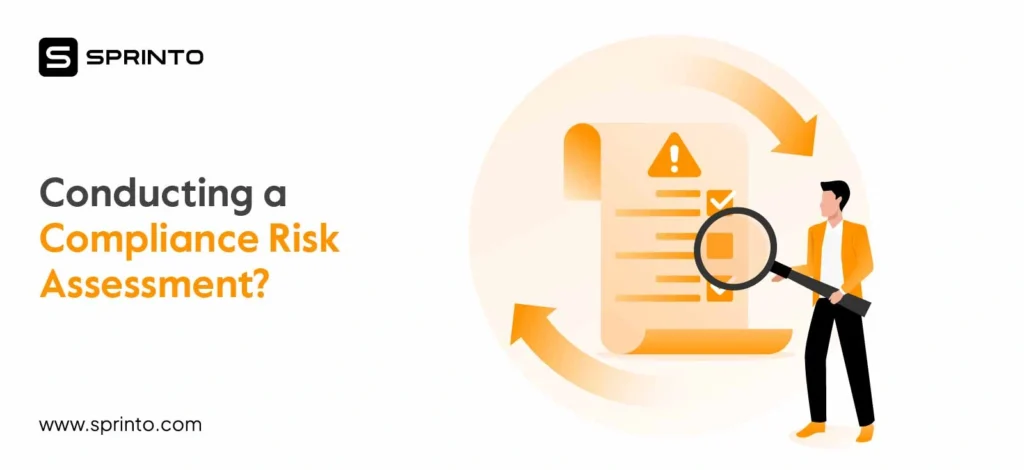A spike in churn reveals that support teams were using inconsistent troubleshooting steps, each relying on their own version of the process. This kind of quality lapse is exactly what ISO 9001 is designed to prevent through standardized, well-controlled processes.
Operational controls keep processes running within defined limits, while document controls ensure the supporting procedures and records are always up-to-date, traceable, and securely maintained.
In this article, we’ll go through both layers: how ISO 9001 controls guide day-to-day work and how clause 7.5’s document controls hold the evidence together.
| TL;DR ISO 9001 operational controls combine planning, execution, monitoring, and improvement. And in the process, cut down defects and improve customer trust. Clause 7.5 document controls keep every policy, procedure, and record current, traceable, and secure, and prevent errors caused by outdated information. Strong habits, like maintaining a central repository, enforcing metadata, and automating approvals go a long way in reducing manual work and duplication. |
What are ISO 9001 controls?
ISO 9001 controls are the documented processes, procedures, and responsibilities an organization establishes to satisfy the specific clauses of the ISO 9001:2015 Quality Management System (QMS) standard.
Each control supports one or more core requirements, like the context of the organization, leadership, planning, support, operation, performance evaluation, and improvements. These ensure that quality objectives are planned, executed, monitored, and continuously refined.
In practical terms, controls translate the standard’s principles into everyday actions. They define how you capture customer requirements, vet suppliers, verify product conformity, manage non-conformities, and undertake corrective action. Since ISO 9001 follows the Plan-Do-Check-Act cycle, every control must dictate what happens and specify how you measure effectiveness and feed lessons back into the system.
In 2023 alone, certification bodies issued 837,978 valid ISO 9001:2015 certificates worldwide. This is a clear sign that more organizations are leaning on these quality controls to win contracts, streamline operations, and cut down on costly rework.
Document control in ISO 9001
ISO 9001 uses the umbrella term “documented information” for anything you must create, update, and retain to show that the QMS works.
Clause 7.5 requires every document, be it a digital form, a PDF procedure, or a paper logbook, to be approved, version‐controlled, accessible where needed, and protected against accidental loss or tampering.
Poor document control is one of the top reasons companies fail ISO 9001 audits, along with missing Corrective and Preventive Actions (CAPAs) and weak internal audits. When records are scattered or outdated versions keep circulating, auditors flag it, and trust in your processes takes a hit.
Below are the pillars of documented information that the standard expects you to manage:
- Quality manuals and QMS scope: The ‘what and why’ of your system, including policies, objectives, and the high-level process map that ties everything together.
- Standard operating procedures (SOPs): A set of step-by-step instructions, flowcharts, or visual guides that tell people how to do the work consistently.
- Records: Completed forms, checklists, calibration certificates, training logs, and audit results that prove the procedures were followed.
- Supporting documents: Work instructions, templates, risk registers, and supplier scorecards that flesh out the details for specific tasks or roles.
When these items sit in a controlled repository (each with an owner, revision history, and automatic distribution), you give employees and auditors one source of evidence.
Why are ISO 9001 document controls important?
ISO 9001 controls document controls directly impact business performance. They ensure that processes are consistent, repeatable, and based on the latest, approved information.
Organizations with ISO 9001 certification often see measurable improvements in product and service quality once disciplined document management is in place.
Clear, accessible documentation also supports faster onboarding, smoother audits, and reliable data for continuous improvement.
As quality expert W. Edwards Deming said, “If you can’t describe what you are doing as a process, you don’t know what you’re doing.” Well-managed documents turn daily tasks into controlled processes—and that’s the foundation of operational excellence.
ISO 9001 document controls
ISO 9001’s clause 7.5 goes into detail about how organizations must create, update, and protect documented information. While the standard stops short of prescribing a single format, it does insist on a tight set of controls that keep information trustworthy from first draft to long-term storage.
1. Creation and updates
Every document must be reviewed and approved for adequacy before release. That review repeats whenever content changes, and re-approval is mandatory. Each file needs a title, a unique identifier, a revision level, an author, and a date.
2. Availability and point-of-use access
A control is only effective if people can find it. ISO 9001, therefore, requires that documents be made available and suitable for use, where and when they are needed. In practice, that means putting SOPs in team wikis, storing incident response playbooks in your SecOps portal, and giving remote auditors secure, read-only access to policy folders in Google Drive or SharePoint.
3. Protection, backup, and change tracking
Organizations must prevent breaches of confidentiality, improper alterations, or accidental destruction. Typical safeguards include role-based permissions in a document-management system, automatic nightly backups, and audit trails that log who edited what and when.
4. Distribution and withdrawal of obsolete copies
Once a document is superseded, outdated versions have to be removed. So they cannot slip back into circulation. Engineering drawings include a bold red watermark and sit in a separate archive folder; digital systems achieve the same outcome by moving retired files to a non-editable archive area.
5. Storage, retention, and disposition
ISO 9001 creates a distinction between documentation or live instructions and records (evidence of work performed). Records follow retention periods based on legal, customer, or internal requirements. When time is up, controlled disposal prevents unintentional reuse.
6. Control of external documents
Standards, regulatory codes, and supplier manuals often originate outside the business, yet they influence quality just as strongly. Clause 7.5.3.2 explains the need to identify these sources, verify their accuracy, and make them available alongside internal documents.
7. Segregation of duties and training
Finally, management must assign clear ownership—who among the team drafts, approves, and archives policies. Training records prove that people understand their responsibilities, closing the loop between process design and day-to-day execution.
Other ISO 9001 Controls
Document control isn’t isolated; instead, it ties every ISO 9001 clause together. Clause 7.5 tells you how to manage documented information, while clauses 4–10 spell out what must be captured, updated, and protected to prove the QMS works.
Download the clause-by-clause ISO 9001 checklist
Clause 4: Context of the organization
The standard starts by asking you to describe the ecosystem you operate in—internal processes, external stakeholders, and legal requirements. Those insights become documented information that defines the QMS scope and the high-level process map that auditors will trace later.
Clause 5: Leadership
Top management must publish a quality policy, assign roles, and demonstrate commitment. The policy itself is a controlled document; meeting minutes and delegation charts are records that prove leaders walk the talk. Because leadership owns release approval, they also set the tone for disciplined version control.
Clause 6: Planning
Here, you translate business context into action plans. You document measurable quality objectives and the actions you will take to address risks and opportunities. Risk registers, contingency plans, and objective trackers sit under the same 7.5 rules and ensure that every revision is logged and outdated assessments are withdrawn.
Clause 7: Support
Resources, competence, awareness, and communication all rely on accurate information. Training matrices, calibration schedules, and supplier specifications are records; the procedures that govern them are documents.
Clause 7 culminates in the explicit document-control requirements of 7.5, which mandate approval, distribution, protection, and retention rules for everything else.
Clause 8: Operation
This is the “Do” phase and covers design, production, service provision, and control of externally provided processes. Work instructions, inspection plans, acceptance criteria, and non-conformity logs flow through daily operations, and must be made both current and traceable.
Clause 9: Performance evaluation
ISO 9001 requires monitoring, measurement, analysis, internal audits, and management reviews. Data-collection sheets, audit reports, KPI dashboards, and review minutes are records that feed continuous improvement. Clause 9 also cross-checks whether actions planned in Clause 6 were effective, creating an evidence trail that lives in the same controlled repository.
Clause 10: Improvement
Finally, the standard closes the loop with corrective action, non-conformity handling, and continual improvement. This includes creating 8D reports, root-cause analyses, and change-control forms that document what went wrong and how you fixed it. Channeling these through your document-control workflow helps you preserve key learnings and prevent recurrence.
ISO 9001 document control requirements
ISO 9001 dedicates clause 7.5 to “documented information,” but the clause is split into two distinct rule-sets you must satisfy at all times:
7.5.2: Creating and updating
Before any procedure, form, or record is issued, someone competent must review it for adequacy and formally approve it. The document needs a title, unique identifier, revision level, author, and date so users can see, instantly, whether they have the current copy. When content changes, the same cycle of review and approval repeats, and the new revision replaces the old one everywhere it is used
7.5.3: Control of documented information
Once approved, every piece of documented information must remain legible, readily identifiable, and retrievable for as long as the QMS (or a contract, law, or customer) requires it. ISO lists six control points: distribution, access, retrieval, use, storage or preservation, and disposition. A cloud repository with role-based permissions, automatic back-ups, and an immutable audit trail usually satisfies all six.
Because each of them feeds continuous improvement, the control requirements apply equally to a one-page training log and a multi-site quality manual.
ISO 9001 document controls best practices
When document control works, employees find the right form in seconds, and auditors see an unbroken chain of evidence. These habits keep the system running:
- Centralize access: Use a single, well-structured repository (SharePoint, QMS software, or a locked-down network drive) and forbid “shadow” folders on personal laptops.
- Enforce metadata: Set the title, revision, owner, and approval date as mandatory fields, so every file tells its own story at a glance.
- Automate the workflow: Route drafts through a short, role-based approval path, then publish read-only copies at the point of use to block accidental edits.
- Schedule housekeeping: Tie annual document reviews to the management-review calendar and remind owners with automated alerts.
- Train for ownership: Give each process lead clear responsibility for keeping their procedures current and archiving old versions.
A simple rule of thumb: if a new hire can locate the most current SOP without help, your controls are working.
Common pitfalls that impact ISO 9001 audits
Even mature systems stumble when discipline fades. Watch out for these warning signs:
- Orphaned documents: No defined owner means revisions sit in limbo, and outdated copies linger on shared drives.
- Version-control fatigue: Teams rename files by hand (“Final_v4”) instead of using locked revision fields, leaving auditors guessing which is current.
- Ignored externals: Customer drawings, regulatory codes, and supplier manuals age quietly until someone discovers the shop floor is using a two-year-old spec.
- “Parking-lot” folders: Temporary drafts, personal backups, and unchecked email attachments clog search results and hide the approved file.
- Paper–digital mismatch: The master SOP lives online, but the printed copy at a workbench never gets updated; this creates a split in practice.
Spot these pitfalls early, close them decisively, and your document control will stay an asset when the auditor arrives.
Streamline ISO 9001 document control with Sprinto
Sprinto offers in-house ISO 9001:2015 implementation tailored for SaaS and software service companies. By integrating with your tech stack, it automatically gathers time-stamped evidence and cuts much of the manual effort that goes into record management.
Here’s what you can expect:
- 10–12 policy documents pre-built by Sprinto, customized for your business
- QMS training sessions for your team
- Templates to review legal, regulatory, and contractual obligations
- Guidance for management reviews and compliance records
and much more! Ready to take the next step? Schedule a demo today.

Frequently asked questions
1. What documentation does ISO 9001:2015 require?
The standard no longer prescribes a formal “quality manual,” but it does insist on documented information that proves your Quality Management System works. At a minimum, you must capture the scope of the QMS, a written quality policy, the procedures needed for operation, records, and evidence of corrective actions.
2. How often should ISO 9001 documents be reviewed or updated?
ISO 9001 doesn’t set a calendar interval; it says documents must remain “suitable and adequate.” Most companies sync reviews with the annual management review cycle and trigger interim updates when a process, customer requirement, or regulation changes.
3. What’s the best way to handle external documents?
Treat them exactly like internal files. Identify the source, verify the latest revision, store them in the same controlled repository, and restrict editing. A simple register listing document titles, owners, and effective dates meets Clause 7.5.3.2 and prevents teams from using outdated tolerances or codes.
4. What are the risks of leaving obsolete documents in circulation?
Old versions create twin headaches: operational errors and audit findings. Using an outdated work instruction might lead directly to product defects, rework, and warranty claims. Auditors will also raise a nonconformity if they find uncontrolled or conflicting copies, which can delay certification.
Pansy
Pansy is an ISC2 Certified in Cybersecurity content marketer with a background in Computer Science engineering. Lately, she has been exploring the world of marketing through the lens of GRC (Governance, risk & compliance) with Sprinto. When she’s not working, she’s either deeply engrossed in political fiction or honing her culinary skills. You may also find her sunbathing on a beach or hiking through a dense forest.
Explore more
research & insights curated to help you earn a seat at the table.



